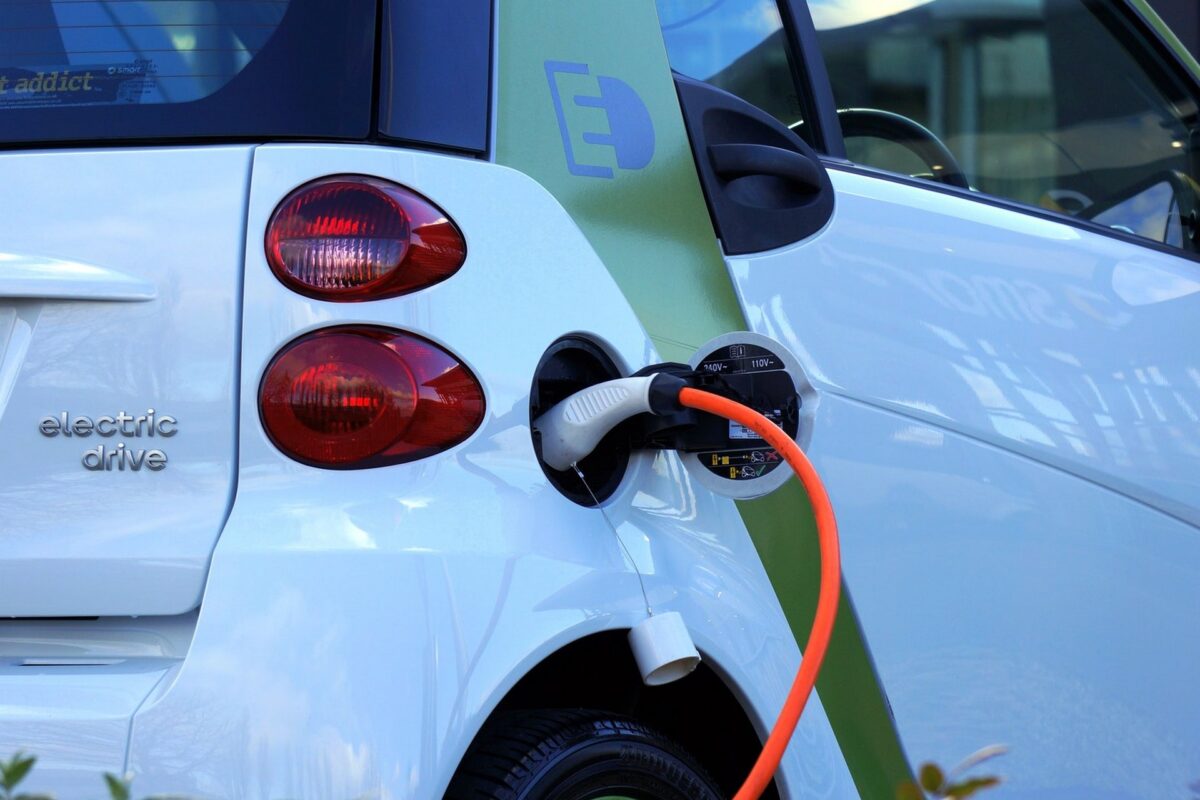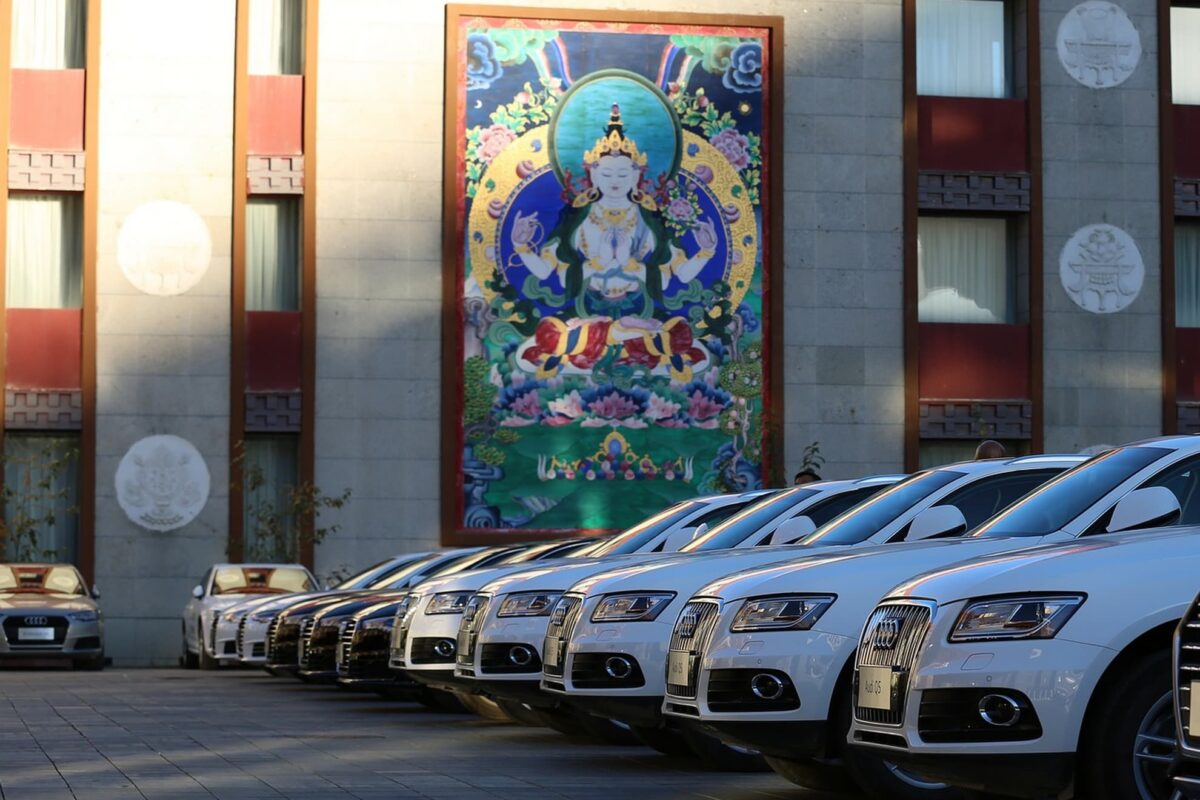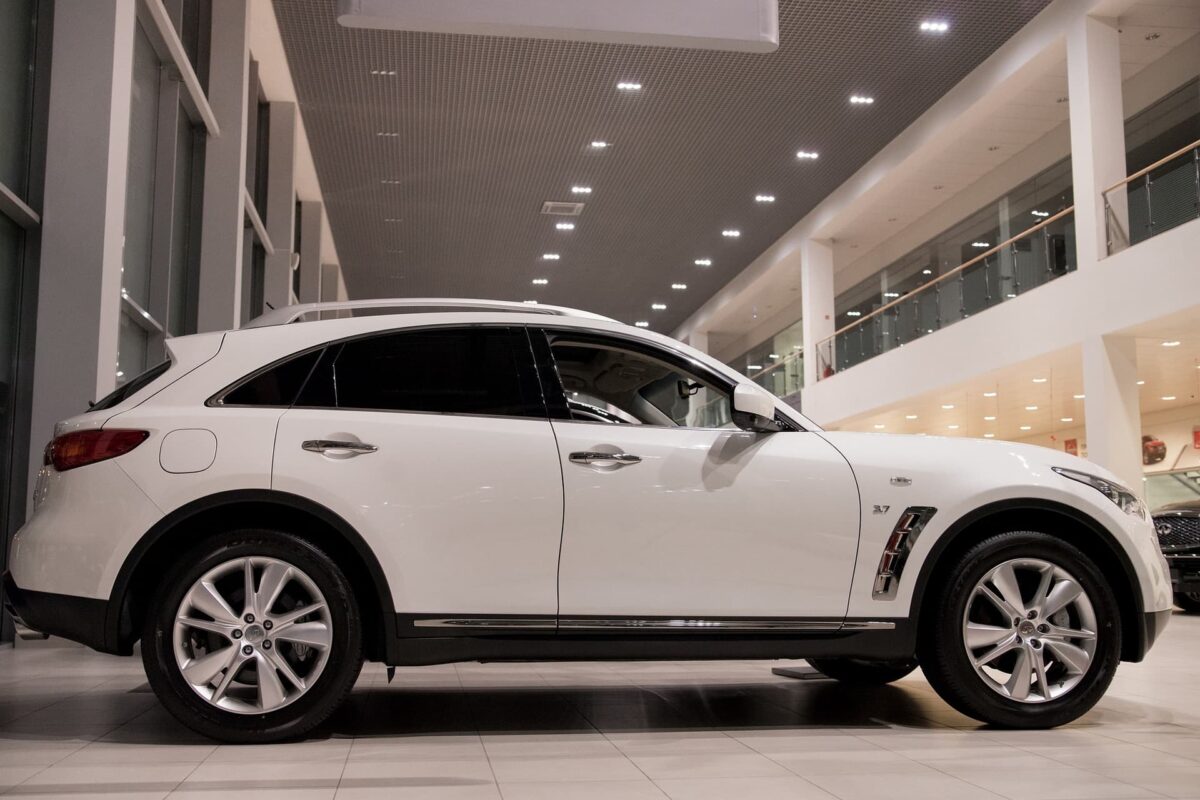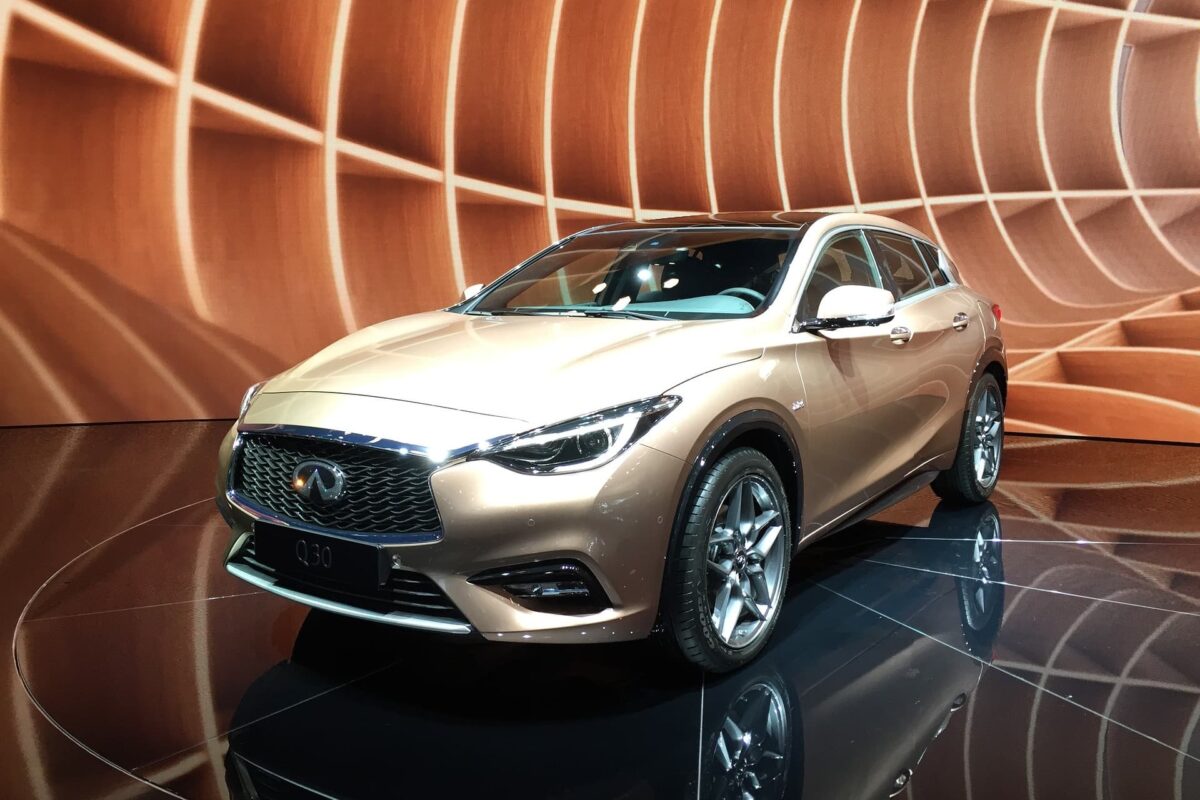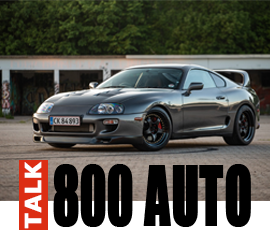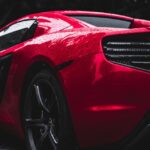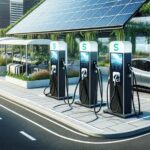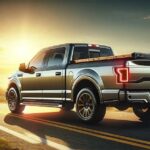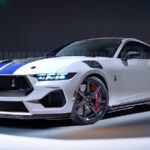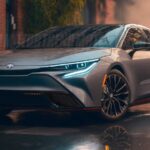We will not argue about “parametric dynamics” – a new Hyundai design concept, in which all future models will be made, and the Tucson and the new Elantra are already made.
The given figures (including cost and discounts) are correct as of the date of publication of the material.
Use of our materials (in full or in part) is authorized with indication of active link to the publication
You just have to accept that the new Tucson looks much cooler in person than in all the photos and renders. The swollen arches, the impetuous side line, the predatory silhouette are all there, as are the LED lights built right into the grille. The turned off headlights are not noticeable at all and are hidden in the “blackness” of the grille – an interesting solution.
You can not call such design practical and functional, but we liked the plastic molding on the bottom of the car and doors, which now cover the sills – the pants stay clean.
The dimensions of the new Toussaint are the whole point. It has essentially grown in length, having added 150 mm. And all because the lengthened version of the crossover is delivered to our country, which wheelbase does not reach the size of older Santa Fe only 10 millimeters (2755 mm). Certainly, it has made the back row more spacious at once.
The rear raises more questions: Hyundai’s three-dimensional emblem looks like a plug for the rear window wiper fixing place. And the brush itself is now located under the spoiler – a good solution, but the coverage area could be bigger. Thirdly, the rear turn signals are located unaccustomedly low. There is a possibility that they can be not seen. And the forth: the rear view camera is without washer, though many competitors in the class have it at least optionally.
The volume of the trunk of Hyundai Tucson is 539 liters, but with a caveat that we took out the spare and the shelf above it. Our car has a full-size spare on the original disc, so it eats up appreciable space. Overall, there’s enough room for a couple of suitcases and a couple more gym bags.
Let’s move into the interior. Everything is new here: materials, design, multimedia from other new models of the brand, but with a little bit more compact screen – 10 inches. The tablet of the digital dashboard is the same size. Because of thick display frames, it seems as if the image with dials itself could be bigger.
The new steering wheel of complex design is equipped with all the necessary buttons. And it seems that the Tucson has become the first Hyundai vehicle to get a new lever mechanism on the steering column. It has a clearer yet softer push and click. The tips are made with a lot of small facets – it looks fresh, but there is also an opinion that it is tacky.
Our variant of the Visioner has a 2.5-liter Smartstream atmospheric engine that combines distributed and direct fuel injection, which should have a positive effect on its fuel economy.
The engine has 190 horsepower and 242 Nm of torque. It is combined with an eight-speed “automatic”. More modest variant Tucson is equipped with 2,0-liter supercharged engine with 150 powers. There is also a diesel – 2,0-turbo with 186 horsepower. And it seems to be the optimal choice for fans of a more dynamic ride, but it’s also the most expensive.
Our 2,5-liter engine is enough for “Toussan”, but not more than that. If a start from a place the crossover is given easily and easy, then acceleration up to 100 km/h is already difficult. As a whole, Tucson disposes to measured comfortable driving, instead of cheerful “draughts”.
Reactions on a gas pedal are rather sluggish, phlegmatic. Often the “automatic device” hesitates for a second or two that influences sensations. In a word, the power unit is obviously not intended for active driving, even in the Sport mode.
And there is one more trick in Hyundai Tucson: for the first time in “Korean” we have met the system Start-Stop which stops the engine when it stops. And knowing, that this system frankly infuriates many people, Hyundai has made it “clever”: if you have switched it off, the next start the car will remember it and will leave it switched off.
Our 2.5 engine wanted to crank all the time. Average consumption sometimes reached 10.7 l/100 km/h. On the highway with measured driving it will not eat more than 7.5 l/100 km. The city traffic mode instantly raises the appetite above 9 liters.
The new Tucson is built on already familiar to us from Sonata and restyled Santa Fe platform N3 – the third generation. The configuration of a suspension here does not differ from “brothers”: McPherson struts in front, and multilever design in back. By the way, the front-wheel drive versions are deprived of a notorious beam – they also have a multilever bar behind.






